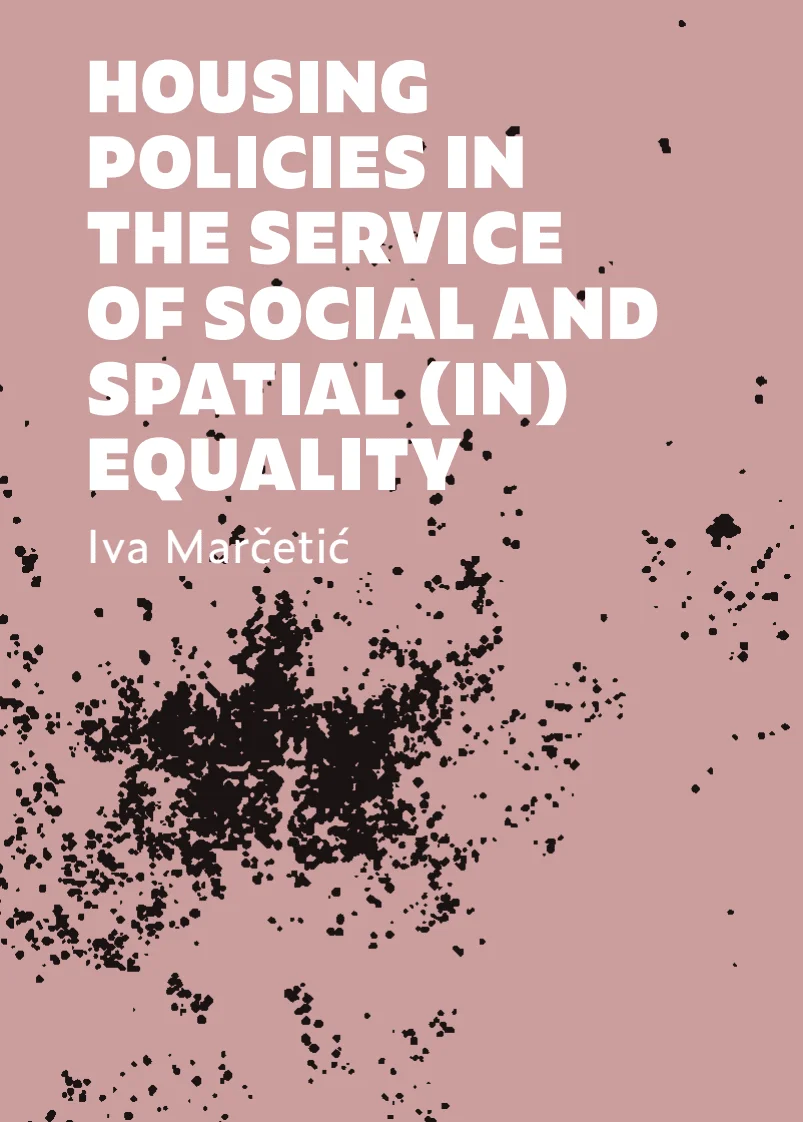Explore Connections
Discover resources that are connected to or have similarities with "Housing Policies in the Service of Social and Spatial (In)Equality"
S in ESG: Assessment of Social Sustainability in Real Estate - Critical Analysis of Social Taxonomy and Limitations of Certification Systems
How can the social aspects of sustainability be accurately measured in real estate projects?
Unequal housing affordability across European cities. The ESPON Housing Database, Insights on Affordability in Selected Cities in Europe
How can we understand and address disparities in housing access across European urban areas?
Roundtable: Is Europe on the right track to tackle the housing crisis and provide affordable and sustainable homes to all?
How can Europe ensure accessible and sustainable housing for its most vulnerable populations?
Das Quartier der Zukunft: So leben wir in 2035
How can urban planning adapt to promote sustainability and combat climate challenges in 2035?
ICA-EU Partnership - Legal Framework Analysis - Regional report: Europe
How can we enhance regulations to better support cooperative enterprises across Europe?
Housing as investment in Greece and Southern Europe - Private profit versus social value
How can we balance private investment in housing with the needs of local communities?
IMAGINE - Exploring the Brave New World of Shared Living
How can communal living solutions address the pressing issues of modern urban populations?
Presidency conclusions on the future European Affordable Housing Plan
How can we ensure affordable and sustainable housing solutions for all European citizens?
Office-to-Residential Conversions: Case studies from Tuath Housing
How can vacant commercial spaces be transformed into sustainable housing solutions for communities?

